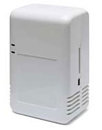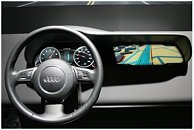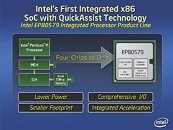
ARM and GLOBALFOUNDRIES Partner to Build ARM SoC Products on 28 nm HKMG Process
ARM and GLOBALFOUNDRIES today announces a long-term strategic relationship to provide their mutual customers with an innovative SoC enablement program. To support the long-term relationship, GLOBALFOUNDRIES and ARM have signed a broad agreement on processor implementation and circuit optimization to provide mutual customers with a robust enablement program geared towards next-generation applications.
The SoC enablement program, built around a full suite of ARM Physical IP, Fabric IP and Processor IP, will deliver customers unparalleled design flexibility on GLOBALFOUNDRIES' most advanced HKMG semiconductor manufacturing capabilities. The collaborative efforts of the partnership will initially focus on enabling SoC products which use the low power and high performance ARM Cortex -A9 processor on GLOBALFOUNDRIES 28nm HKMG process. The characteristics of GLOBALFOUNDRIES 28nm "Gate First" HKMG technology is optimized for high performance processing with minimal leakage making it an ideal choice for advanced mobile solutions.
The SoC enablement program, built around a full suite of ARM Physical IP, Fabric IP and Processor IP, will deliver customers unparalleled design flexibility on GLOBALFOUNDRIES' most advanced HKMG semiconductor manufacturing capabilities. The collaborative efforts of the partnership will initially focus on enabling SoC products which use the low power and high performance ARM Cortex -A9 processor on GLOBALFOUNDRIES 28nm HKMG process. The characteristics of GLOBALFOUNDRIES 28nm "Gate First" HKMG technology is optimized for high performance processing with minimal leakage making it an ideal choice for advanced mobile solutions.








